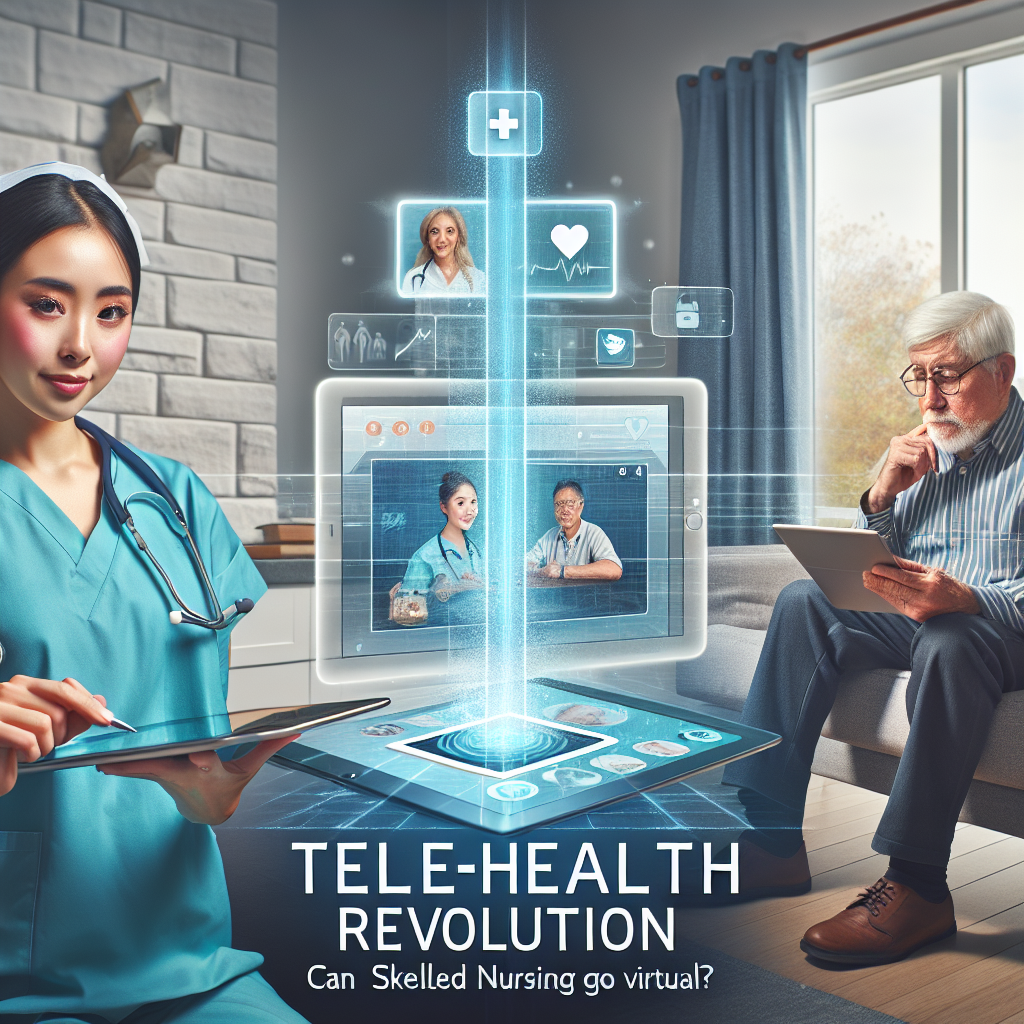New York, NY—As the healthcare sector continues to grapple with the dual pressures of cost containment and quality care, telehealth is emerging as a promising solution, particularly within skilled nursing facilities. The digital revolution sweeping through the corridors of hospitals and clinics is now knocking on the doors of long-term care, sparking discussions about the feasibility and potential of virtual skilled nursing.
At the heart of this technological pivot is telehealth’s ability to provide real-time monitoring and care, enabling faster response times and reducing the need for physical visits. The American Telemedicine Association has documented a surge in telehealth adoption, with over 50% of healthcare institutions now implementing some form of telehealth services. This shift is particularly significant in skilled nursing, where the patient demographic—often older adults with complex health issues—stands to gain substantially from enhanced monitoring and access to specialists.
However, challenges loom large on the horizon. Integrating telehealth into existing infrastructures requires navigating a maze of regulatory standards, ensuring patient privacy, and training staff in new technologies. Furthermore, the personal touch, a cornerstone of skilled nursing, raises questions about the efficacy of virtual care.
“Telehealth in skilled nursing isn’t just about replicating the in-person experience digitally. It’s about enhancing it, making healthcare more proactive than reactive,” said Dr. Lisa Thompson, a geriatric care specialist who has been at the forefront of integrating telehealth services into skilled nursing.
Despite the hurdles, the potential benefits are undeniable. Early adopters of virtual skilled nursing services report significant improvements in patient satisfaction and outcomes, including a 20% reduction in hospital readmissions—a statistic that puts a spotlight on the effectiveness of telehealth interventions.
Moreover, telehealth could play a crucial role in bridging healthcare disparities, especially in rural or underserved communities where access to skilled nursing facilities and specialists is limited. By breaking down geographical barriers, virtual care promises a more egalitarian healthcare system where high-quality care is a basic right, not a privilege determined by zip code.
Yet, for telehealth to truly revolutionize skilled nursing, it must go beyond mere virtual consultations. Innovative solutions like wearable health monitors, AI-driven diagnostic tools, and virtual reality for patient engagement are being explored to enhance the quality of care.
As we stand on the cusp of this healthcare paradigm shift, the journey of telehealth from an optional luxury to a core component of skilled nursing reflects a broader recognition of technology’s role in shaping the future of healthcare. The telehealth revolution is not without its challenges, but with continued investment, innovation, and collaborative regulation, virtual skilled nursing could well become a cornerstone of a more efficient, effective, and inclusive healthcare system.


